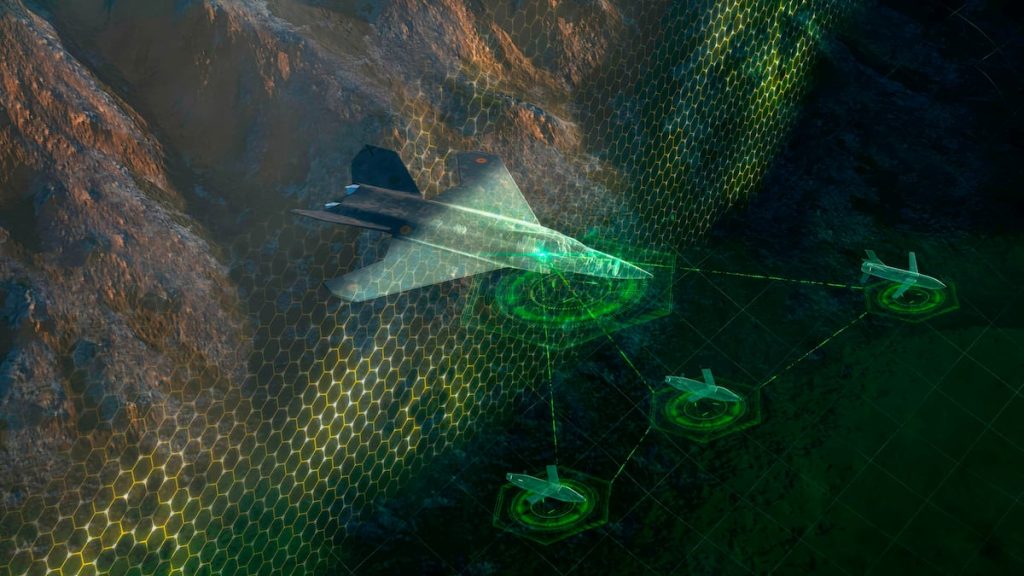Indra, a Spanish company born from the merger of Ceselsa and the public Inisel in 1992, is planning to transform itself into a key player in the defense and communications industry in Spain. The company’s strategic plan, led by Marc Murtra, aims to make Indra a leader in defense, aerospace, and advanced digital technologies within 10 years. To achieve this, the company plans to become the main coordinator in European land, air, and cyberspace programs, as well as a reference integrator of defense systems. Additionally, Indra aims to transform its defense business from national to international.
To support its ambitious goals, Indra is streamlining its structure into four divisions focusing on Defense, Air Traffic, Space, and Information Technology through its subsidiary Minsait. The company’s technological offerings will include radar, electronic defense, electro-optics, command and control, communications, and simulation systems. Analysts from Bank of America believe Indra is in the early stages of becoming a predominantly aerospace and defense company. The company’s focus on these sectors is expected to drive margin expansion, solid cash flow generation, and multiple expansion.
With the defense and aerospace industries showing promising growth potential, Indra has already secured 50% of its organic sales for 2026, with around 70% coming from eight key programs such as FCAS, Eurofighter, and Chinook. Spain’s defense industry has seen substantial growth in recent years, with over €28 billion in revenue generated by arms and military equipment companies in the country. The Ministry of Defense has significantly increased its budget since 2016, reaching a historic high of €12.827 billion in 2023, reflecting Spain’s commitment to meeting NATO’s 2% GDP defense spending target.
Indra is well-positioned to benefit from the growing defense spending in European countries due to geopolitical tensions, particularly between Russia and Ukraine. With approximately 25% of its EBIT derived from the defense sector, Indra is considered the Spanish company most exposed to this industry. The company’s order backlog has been growing steadily, demonstrating the strength and sustainability of its business for the future. The technology and defense sectors are expected to contribute two-thirds of Indra’s gross profit in the next two years, compared to half at present.
Indra is considering strategic partnerships and acquisitions to strengthen its digitalization capabilities, particularly through its subsidiary Minsait. The company is also exploring potential acquisitions in the space sector, with Hispasat being a likely candidate. While the acquisition of Hispasat presents both advantages and challenges, other alternatives such as Satellogic, Sener, or Thales’ space business are also being considered. Indra’s expansion strategy through alliances and acquisitions aims to enhance its capabilities and market reach in the defense and aerospace sectors.
The market has responded positively to Indra’s strategic plan, Leading the Future, with the company’s stock price reaching all-time highs and showing potential for further growth. Indra’s shares have increased by approximately 70% in the past five years, boosting the company’s market capitalization to over €3.1 billion. With a clear roadmap and ambitious goals, Indra is poised to capitalize on the growth opportunities in the defense, aerospace, and technology sectors. As the company continues to evolve and expand its presence internationally, it is set to play a significant role in Spain’s defense and communication industry.


